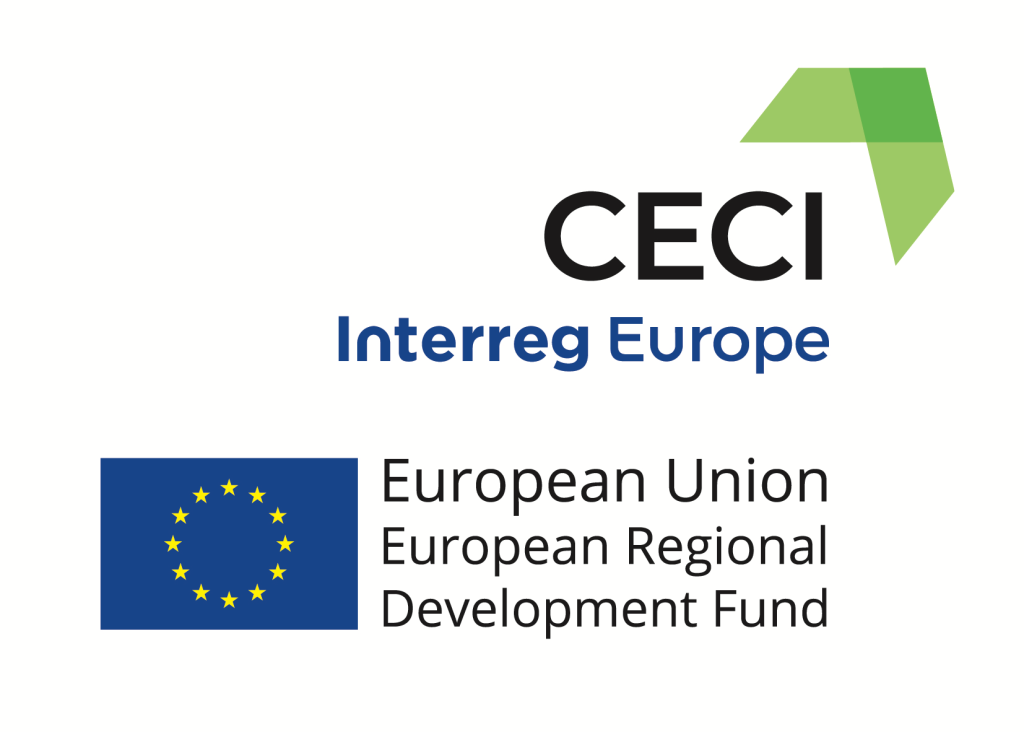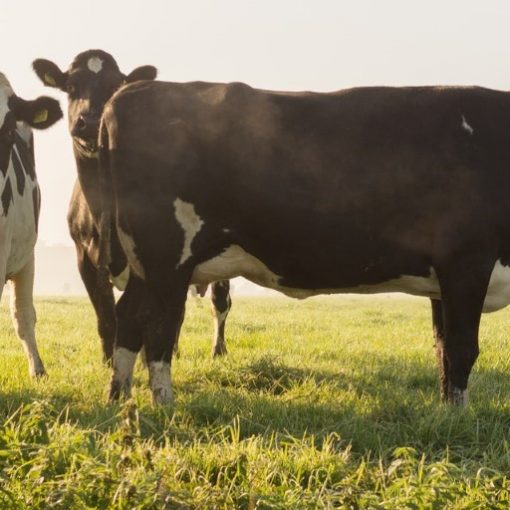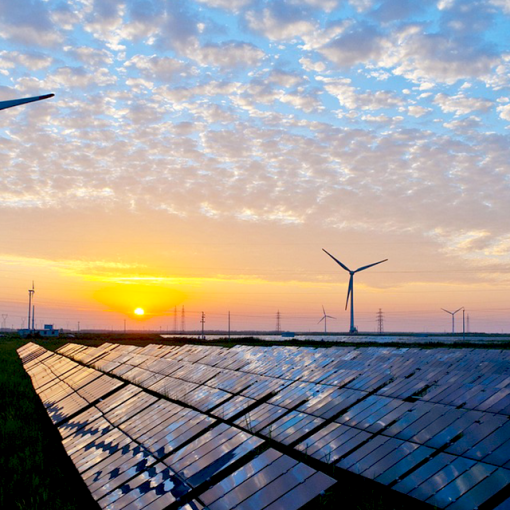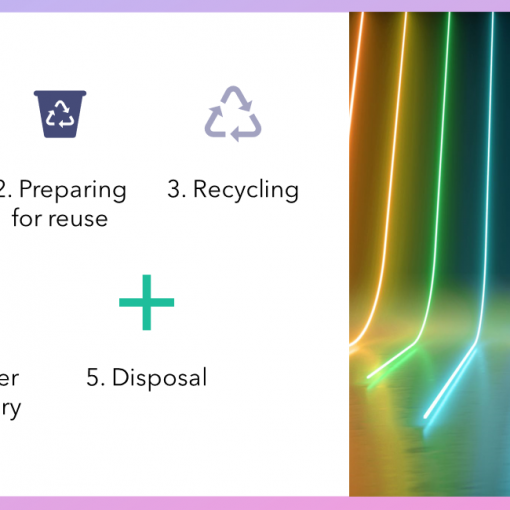The hybrid 2023 World Circular Economy Forum (WCEF) was held in Helsinki, Finland on 30 May to 2 June. Altogether 1800 participants gathered in person together with over 5000 online participants. This was the already seventh iteration of the annual global forum on circular economy. (WCEF2023 2023.)
One of the sessions of WCEF 2023 focused on circular economy strategies and roadmaps accelerating the transition towards to circular economy. These policies often target the interlinked triple planetary crises – climate change, pollution, and biodiversity loss.

Diane Gashumba, Ambassador of Rwanda in the Nordics stressed that an adoption of smarter economic models, such as the one of circular economy, which would reshape the consumption economic model into a more sustainable one. She sees the implementation of the existing policies into practice as the most challenging. For that, action plans and roadmaps with concrete vison and goals are of a great help. To underline few, collaboration, partnership, and involvement of various stakeholders, including the citizens, interventions, and supporting financial instruments are essential for a successful implementation. (Gashumba 2023.)
Measuring Circular Economy
According to Dmytry Mariyasin, Deputy Executive Secretary of the United Nations Economic Commission of Europe (UNECE), data and statistics are critical component of the transition. With no ability to measure, circular economy implementation is not possible. UNECE together with other players, e.g., Organisation for Economic Co-operation and Development, European Environmental Agency, Eurostat, has been developing complex guidelines for measuring circular economy. Mariyasin stressed the importance of common understanding of the circular economy concept, as over 200 definitions exist. Following, the conceptual framework needs to include relevant set of indicators, followed by a monitoring concept. (Mariyasin 2023.)
Reflections on Circular Economy Policies
For a successful circular transition, all stakeholders should be involved. Karrer, Senior Circular Economy Officer, Global Environment Facility, stressed the importance of engaging also the unusual suspects along the entire value chain, so that they all become advocates and ambassadors of the circular economy movement. (Karrer 2023.)
According to Torres, Undersecretary of the Environment Secretariat of Sustainable Development, State of Querétaro, circular economy is a messenger from the future offering new way of living. Therefore, the related strategies should be flexible and dynamic. Instead of being seen as an official policy, it should be created by the citizens embracing the green innovation as a part of the city and people. (Torres 2023.)
Päijät-Häme Circular Economy Roadmap
This resonates with the CECI – Citizen Involvement in Circular Economy Implementation -project. CECI aims to develop better regional circular economy policies and emphasize the role of citizens. Link to CECI website
In the Päijät-Häme region, CECI contributed to the content of the regional Circular Economy Roadmap by providing and promoting the existing local good practices. Moreover, CECI is listed in the roadmap under the activities of promoting citizens participation in the regional sharing economy. (Regional Council of Päijät-Häme 2021.)
Author
Katerina Medkova works as an RDI Specialist at LAB University of Applied Sciences and is CECI Project and Communication Manager. CECI – Citizen Involvement in Circular Economy Implementation -project is an Interreg Europe co-funded project led by LAB University of Applied Sciences, Finland. The project ends in July 2023.

References
Gashumba, D.2023. Opening remarks. Speech given at the Circular strategies and road maps session of the WCEF 2023 on 31 May 2023. Helsinki, Finland.
Karrer, L. 2023. Key components for a successful circular economy strategy: Learnings from practitioners. Speech given at the Circular strategies and road maps session of the WCEF 2023 on 31 May 2023. Helsinki, Finland.
Mariyasin, D. 2023. Measuring what matters: The critical role of data and statistics for managing and monitoring circular economy progress. Presentation given at the Circular strategies and road maps session of the WCEF 2023 on 31 May 2023. Helsinki, Finland.
Mullins, A. 2019. Close-Up Photo of Person Holding Lensball. Pexels. Cited 15 Jun 2023. Available at https://www.pexels.com/photo/close-up-photo-of-person-holding-lensball-2534493/
Regional Council of Päijät-Häme. 2021. Päijät-Häme Roadmap towards Circular Economy. Cited 13 Jun 2023. Available at https://paijat-hame.fi/wp-content/uploads/2021/03/Roadmap_CE_eng.pdf
Torres, R. 2023. Key components for a successful circular economy strategy: Learnings from practitioners. Speech given at the Circular strategies and road maps session of the WCEF 2023 on 31 May 2023. Helsinki, Finland.
WCEF2023. 2023. World Circular Economy Forum goes to Brussels in spring 2024. Cited 13 Jun 2023. Available at https://wcef2023.com/world-circular-economy-forum-goes-to-brussels-in-spring-2024/
Links
Link 1. Interreg Europe. 2023. Project Summary. CECI. Cited 13 Jun 2023. Available at https://projects2014-2020.interregeurope.eu/ceci/
Link 2. Interreg Europe. 2023. Project good practices. CECI. Cited 13 Jun 2023. Available at https://projects2014-2020.interregeurope.eu/ceci/good-practices/




